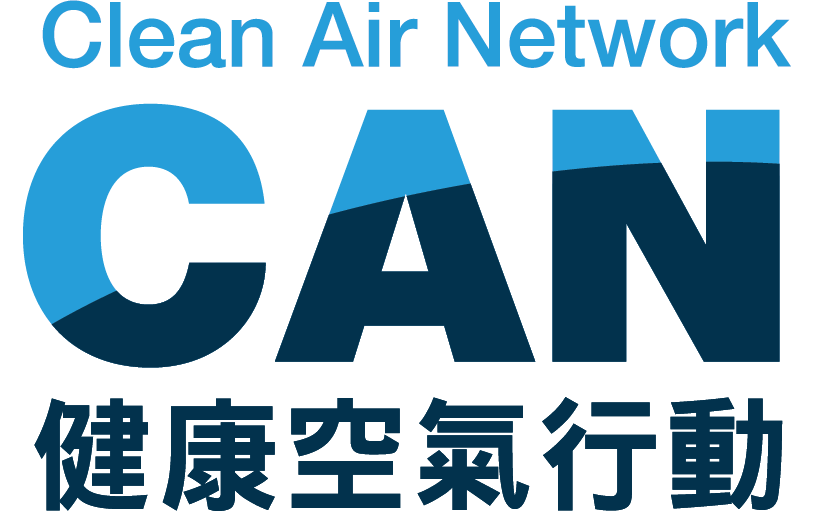
Clean Air Neighborhood (2018-2022)
Context
The general public often unaware of the air pollution exposure hot-spots in their neighborhood. They could be unaware of air pollution hot-spots which are in close proximity. The community also needs to be informed about mitigation measures proven successful elsewhere on improving air pollution and public health.
Our Solution
Joint efforts with experts and the academia to help Hong Kong youngsters build their air quality literacy and issue-solving capabilities.
Develop engaging, effective and scalable public education programmes for enhancing knowledge level of schools, families and the wider community. Multiple approaches are used in communicating air pollution data to enhance awareness.
Building capacity of the school community to mitigate with environmental health risks due to air pollution, while encouraging community stakeholders’ to be empowered in behaviours strengthen school-based policy changes, our programmes aim to eventually build the ownership of the whole community to tackle the air pollution issue.
Programme Engagement
CAN partnered with the Institute for the Environment of the Hong Kong University of Science and Technology (HKUST-IENV) to conduct a series of youth workshops and engagement activities across districts over a 24-month period.
These activities focus on sensing technology application and visualization of invisible air pollutants, while showcasing integrated data science and innovative technologies to enable learners’ basic scientific skills for evidence-based decision making.
Through empowering student participants in in collaboration with parents and other stakeholders, thus enabling them to generate influence in the community air pollution combat.
The programme was started at Tuen Mun in 2021, with The Church of Christ in China Tam Lee Lai Fun Memorial Secondary School being the first “Anchor school” working with us to find the air pollution problem in the community.
Milestones
a) In-depth discussion – Strengthened the school’s reflection and concern on community issues, and shared experiences with the public.
b) Continuous attention – Established Healthy Air Youth Council and Social Archive, contributed to the development of air quality in Tuen Mun District.
c) Raising Awareness – Surveyed 77 locations in Tuen Mun District, measured the concentration of nitrogen dioxide and released it to the public.
